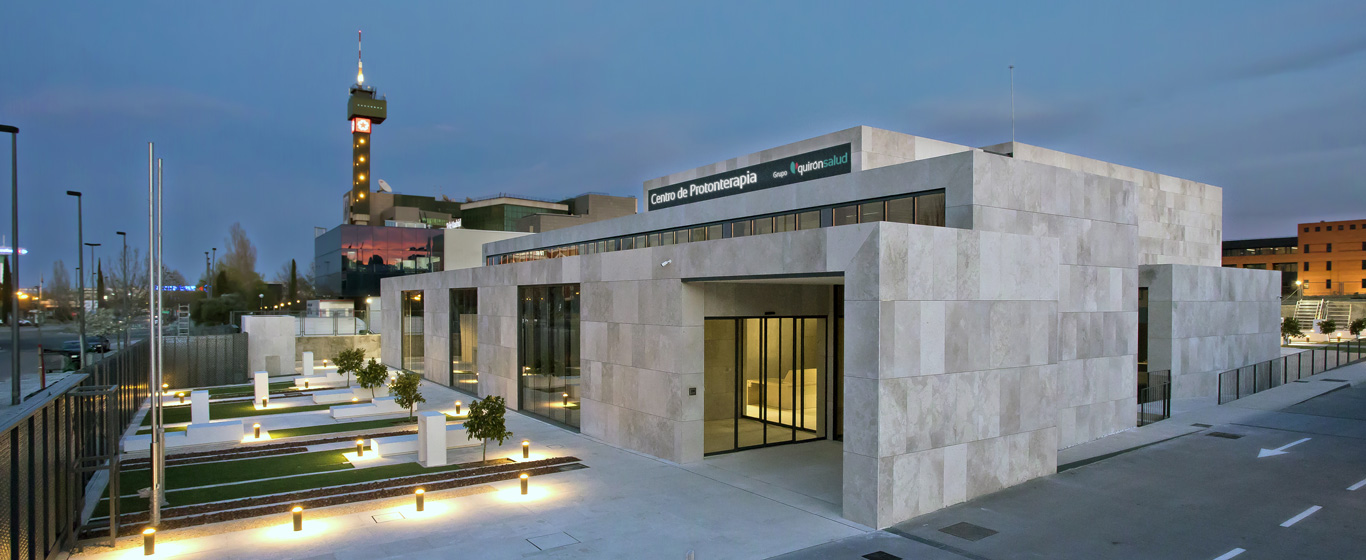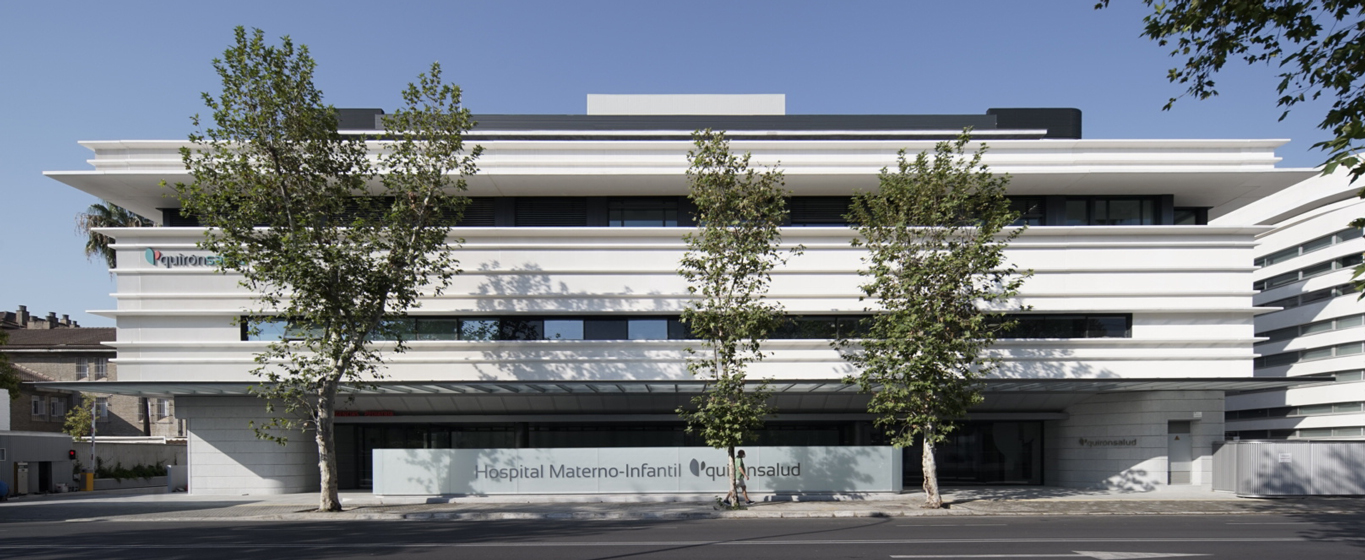Breast Biopsy
A breast biopsy involves collecting tissue samples from the breast for laboratory analysis. This study provides reliable information on structural changes and cell behavior, contributing to the diagnosis of cancerous tumors.

General Description
A breast biopsy is a diagnostic procedure in which a sample of breast tissue is taken for laboratory analysis to determine the nature of lesions previously detected through imaging tests. Although most cases involve women, men may also require this procedure, as they can also develop breast cancer, a fact that many people are unaware of.
Undergoing this procedure can be concerning for patients; however, approximately 70% of analyzed cysts are benign.
A breast biopsy is the only procedure that can reliably diagnose breast cancer. Typically, only a single sample is taken from the breast, but in some cases, samples from the axillary lymph nodes are also collected to determine whether the disease has spread.
When Is It Indicated?
A breast biopsy is indicated when a cyst or cellular abnormality has been detected through an imaging test such as an ultrasound, mammogram, or MRI.
This procedure is used to diagnose cancer or benign breast nodules.
How Is It Performed?
The technique used to obtain breast tissue varies depending on the cyst's characteristics (location, signs of malignancy, size) and the specialist's preferences. Therefore, there are different types of breast biopsies:
- Fine-needle aspiration biopsy: A very thin, hollow needle is used to extract the sample with the help of a syringe.
- Core needle biopsy: The most common procedure when breast cancer is suspected. A thick needle is inserted into the breast, allowing a larger tissue sample to be obtained.
- Vacuum-assisted biopsy: A newer technique that is increasingly used. It combines suction and vacuum to collect the sample. The needle used is thicker than in the previous technique and has a different design, enabling the collection of larger tissue fragments. This results in a higher-quality sample. It can also be used to completely remove a cyst without surgery.
- Surgical or open biopsy: This technique is rarely used for analyzing breast tissue. It is a surgical procedure performed under anesthesia, where an incision is made in the skin to remove part of the suspicious nodule with forceps or a suction needle. In many cases, the entire cyst is removed, along with some surrounding healthy tissue.
To facilitate access to the lesion, breast biopsies are performed using imaging guidance. The most common method is ultrasound, as it provides precise real-time images. If the lesion is not visible with this technique, a stereotactic biopsy is used, guided by mammography (X-rays), or an MRI-guided biopsy may be performed.
Regardless of the method used to obtain the sample, it must be preserved in formaldehyde (CH₂O) within the first 30 minutes to prevent decomposition. In the laboratory, the tissue is cut into very thin layers and prepared with stains that help the pathologist examine cellular characteristics and changes under a microscope for an accurate diagnosis.
Risks
Breast biopsy is a safe procedure that does not pose significant health risks.
In some cases, patients may experience bruising or swelling after the tissue sample is taken. Infections are rare.
What to Expect from a Breast Biopsy
It is recommended to wear comfortable clothing that is easy to remove, as patients will need to wear a medical gown provided by the healthcare center.
Once in the sterile room, the patient lies on the examination table with the breast exposed:
- Aspiration biopsy (fine or core needle): The skin is cleaned with an iodine solution, and the needle is inserted. Once the suspicious nodule is reached, the plunger is activated to collect the sample in the syringe. If multiple samples are needed, the needle is removed and reinserted.
- Vacuum-assisted biopsy: Local anesthesia is administered since the needle is thick. Multiple samples can be taken without removing the needle. The device makes a sound similar to a vacuum during the procedure.
- Surgical biopsy: Local anesthesia and a sedative are administered to keep the patient relaxed and unaware of the procedure. After the tissue is extracted and the incision is closed with sutures, the patient is transferred to a recovery room for observation.
- Stereotactic biopsy: If the procedure is guided by mammography, the patient is either seated or lying face down with the breast positioned in an opening. In most cases, the examination table is slightly elevated to improve posture. This technique can be uncomfortable due to positioning and the compression of the breast between the mammography plates.
Breast biopsy is not painful, although patients may feel pressure when the needle is inserted. Additionally, in an open biopsy, local anesthesia and the post-procedure recovery period may cause discomfort, particularly until the stitches are removed a few days later.
Depending on the technique, breast tissue sample collection can take between 20 and 45 minutes. Observation and rest at the hospital are only required for surgical biopsies.
To prevent bruising, a pressure bandage is applied to the breast, which must be worn for 24 hours. If the patient experiences bleeding, increasing pain, shortness of breath, or fever, they should seek immediate medical attention.
Biopsy results are typically provided in a follow-up consultation about a week after the procedure.
Medical Specialties That Order a Breast Biopsy
A breast biopsy is a test usually requested by oncologists and gynecologists, who perform the procedure to extract the tissue sample. Pathologists are the specialists who analyze the sample in the laboratory.
How to prepare
No special preparation is required before a breast biopsy.
Before the procedure, the doctor will indicate whether it is necessary to stop taking certain medications, which is common for anticoagulants. Additionally, if the patient has metal implants, a pacemaker, or is pregnant, an MRI-guided biopsy is not recommended.
For a surgical biopsy requiring anesthesia, fasting is necessary before the procedure.









































































































